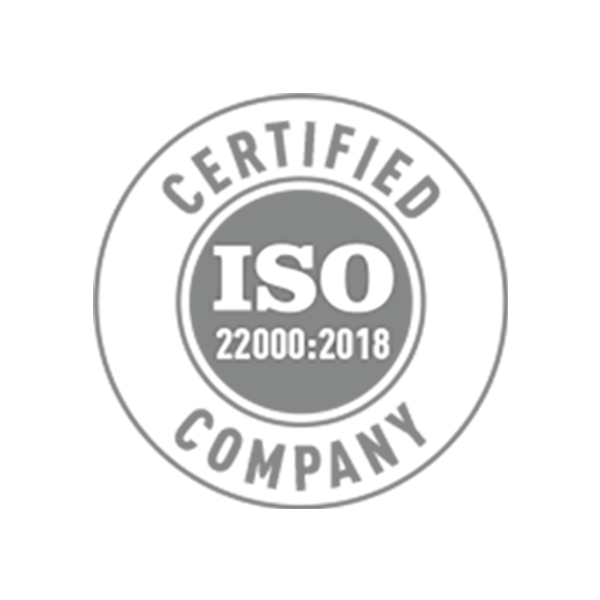Patchouli Essential Oil
Pogostemon cablin (Blanco) Benth.
REFERENCES
CAS Number: 8014-09-3 / 84238-39-1
FEMA Number: 2838
EINECS Number: 282-493-4
Product Code: FAEO3136
INCI Name: Pogostemon cablin Leaf Oil
PART USED
Leaf
SYNONYMS
Mentha auricularia Blanco, Mentha cablin Blanco
COMMON NAMES
Nilam, Patchouly
EXTRACTION METHOD
Steam Distilled
ORIGIN
India, Malaysia and Indonesia
NOTE CLASSIFICATION
Base Note
PRINCIPAL COMPOUNDS
Patchoulol, Bulnesene, Alpha-Guaiene
REFERENCES
CAS Number: 8014-09-3 / 84238-39-1
FEMA Number: 2838
EINECS Number: 282-493-4
Product Code: FAEO3136
INCI Name: Pogostemon cablin Leaf Oil
PART USED
Leaf
SYNONYMS
Mentha auricularia Blanco, Mentha cablin Blanco
COMMON NAMES
Nilam, Patchouly
EXTRACTION METHOD
Steam Distilled
ORIGIN
India, Malaysia and Indonesia
NOTE CLASSIFICATION
Base Note
PRINCIPAL COMPOUNDS
Patchoulol, Bulnesene, Alpha-Guaiene
Pogostemon cablin (Blanco) Benth. more commonly known as patchouli, is an aromatic plant whose history dates back to India. Its origin dates back to the prehistoric period and was used by many civilizations in ancient times, such as the Indians, Chinese, and Romans. Its most well-known use is the use of patchouli oil in perfumes and cosmetic products.
The production of Patchouli Essential Oil is obtained by distillation of the leaves of the plant. The leaves of the plant are usually harvested every two years. After harvesting, the leaves are dried and crushed to increase the concentration of volatile compounds in the oil. Later, these dried leaves are distilled with water vapor to obtain patchouli oil.
Patchouli oil has a pungent, woody, spicy, and earthy smell. It is often described as "stunning" or "intense" and is a very strong smell for some people. For this reason, this oil is often mixed with other fragrances or lightened in perfumes or other cosmetic products. However, the distinctive smell of patchouli oil is also loved by many people and is also used in aromatherapy.
USES & BENEFITS:
When used through aromatherapy, Patchouli Essential Oil has the properties of reducing stress and anxiety levels, improving sleep quality, regenerating the skin, and increasing the level of moisture. At the same time, thanks to its antimicrobial properties, it can protect the skin from harmful microorganisms and prevent infections.
To use Patchouli oil through aromatherapy, you can drip it into an aroma lamp or fill the air of your home with a steam dispenser. Also, you can apply it to your skin or use it as a massage oil. However, your safety should always be a priority, and it is important to use natural oils correctly. Therefore, it is recommended not to use any oil before consulting a doctor or an aromatherapist.
This document contains the Patchouli Essential Oil Cosmetics Declaration.
Download DeclarationThis document contains the Patchouli Essential Oil Animal Testing Statement.
Download DeclarationThis document contains the Patchouli Essential Oil Dietary Preferences and Restrictions Statement.
Download DeclarationThis document contains the Patchouli Essential Oil BSE/TSE Statement.
Download DeclarationThis document contains the Patchouli Essential Oil GMO Status Declaration.
Download DeclarationThis document contains the Patchouli Essential Oil Gluten Free Statement.
Download DeclarationThis document contains the Patchouli Essential Oil Melamine Free Certification.
Download DeclarationThis document contains the Patchouli Essential Oil Nanomaterials Statement.
Download DeclarationThis document contains the Patchouli Essential Oil California Proposition 65 Declaration.
Download DeclarationThis document contains the Patchouli Essential Oil REACH Conformance.
Download DeclarationThis document contains the Patchouli Essential Oil Solvent Free Statement.
Download DeclarationThis document contains the Patchouli Essential Oil Non-CITES Declaration.
Download Declaration















